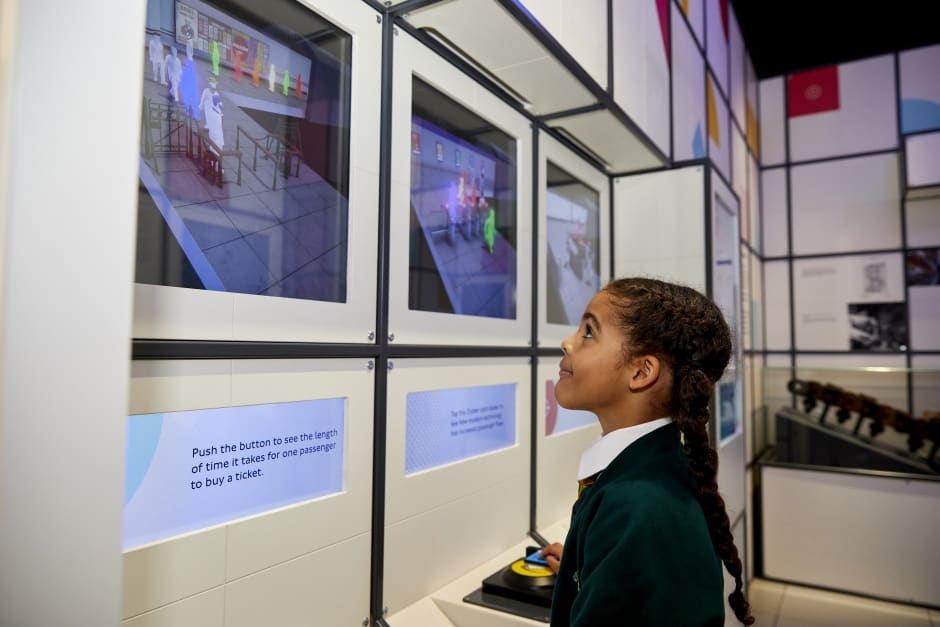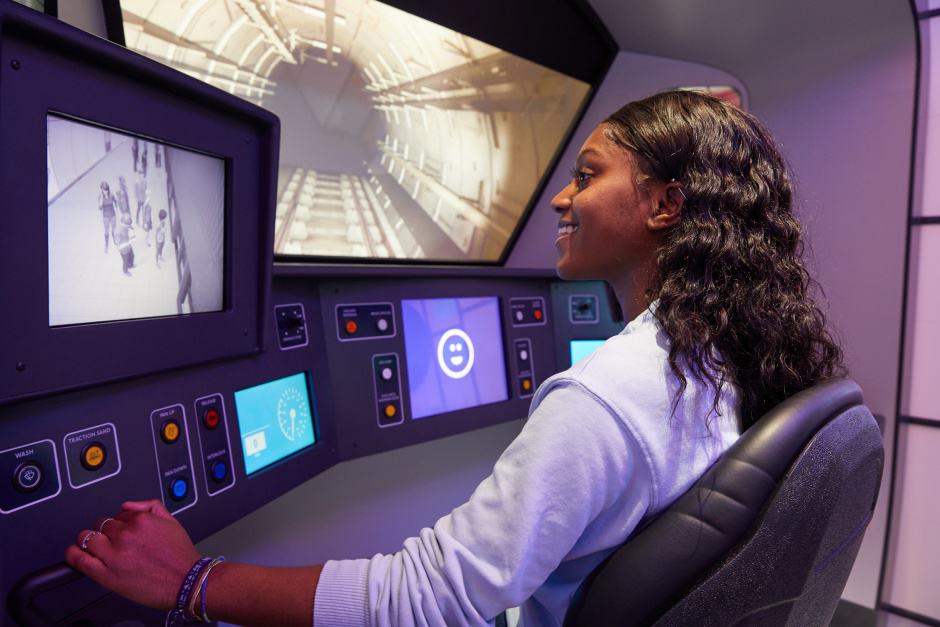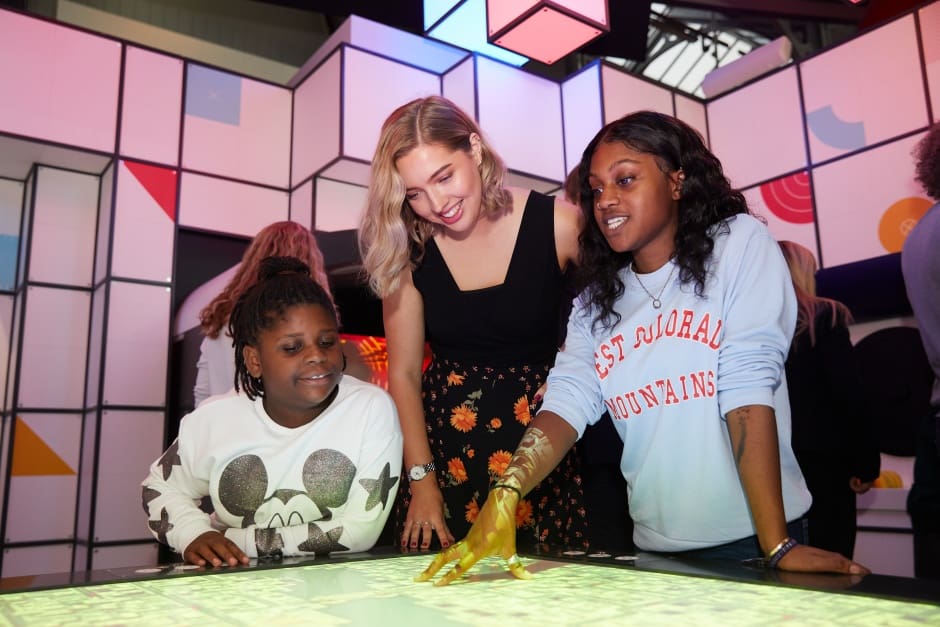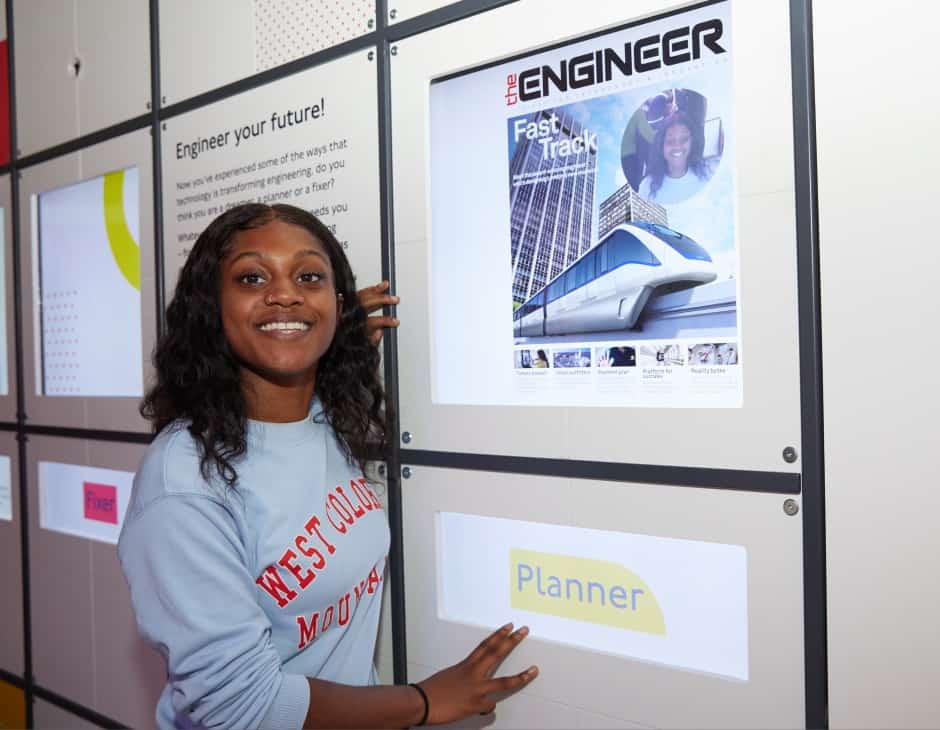With an estimated 265,000 skilled engineering recruits needed each year by 2024, the question we are hearing more and more from our industry partners is not just who are the engineers of tomorrow – but how do we reach them at the right time?

As the world’s leading museum of urban transport, London Transport Museum is playing its part in inspiring the next generation of engineers and scientists. From a child’s first visit to the Museum, which invariably sparks their curiosity, we will take them on a journey, introducing them to the exciting potential of a career in engineering and then to employers from across the industry.
Our research has shown that, for many children, the main barrier to pursuing an early interest in science, technology and engineering is not knowing where this will take them. Jobs like a doctor or science teacher can be obvious career choices – but knowing what else is out there and the skills you will need can be harder to discover.
For a long time, efforts have been focused on reaching out to secondary school students – responding to statistics showing that only one in four will opt to take two STEM subjects. But by the time young people come to start choosing their A Levels, it can be too late to change their perceptions of what a career in engineering could look like for them.

Ann Watson, chief executive of Semta, recently described the impact this has, saying, ‘how many young people who have an engineering skill and aptitude are lost to the sector because they’re not given that encouragement earlier…We need children of primary-school age to be given the opportunity to see what a modern cutting-edge engineering workplace looks like.’
This is where a family-friendly museum like ours comes in. As curators, educators, historians and storytellers, we are in a unique position to offer this encouragement to children from an early age, and perhaps just as importantly, outside the classroom.
More than 100,000 children step through our doors each year to discover how London’s transport system has evolved over the last 200 years.
This story is one of discovery, ingenuity and sheer determination to keep London moving – from the oldest electric locomotives in Britain and the revolutionary Greathead tunnelling shield to modern developments like contactless ticketing and megaprojects like Crossrail – feats of engineering our young visitors can connect to in their own daily lives.
We turn childhood enthusiasm for these artefacts, stories and our wonderful array of heritage vehicles into a genuine interest in engineering and ultimately a career in transport. Our education, family and learning teams dedicate their efforts to nurturing this interest.
Connected to schools across the Capital, they provide programmes for more than 50,000 children, their parents, careers advisors, teachers and schools every year.
From fun family activity sessions, through to accredited ambassador schemes and employability and skills events, we are already connecting young people to a coalition of industry partners, including, Costain, Hitachi, Siemens, Transport for London and Telent as part of our Enjoyment to Employment programme.
It’s these daily conversations with children and young people which make museums well placed to help bridge the gap between them and the engineering industry.

But what is it about museums and their collections that can ignite young people’s interest?
In a recent article, Michael Gonchar asked 13-year olds to consider whether museums still matter in a digital age.
In a world where technology can take us on a virtual tour of the Louvre without leaving our living rooms, he wanted to know what the experience of visiting a museum really offers young people.
The responses he received were full of insight and debate.
I was struck by the overwhelming belief amongst these digital natives that it is real-life encounters which still matter most – which still have the power to shape young people’s thoughts and feelings about the world.
One young writer compared stepping into a museum to ‘stepping into a time machine’, saying ‘phones are all well and good […] but experiencing it first hand is magical.’
London Transport Museum’s new Future Engineers gallery – which we have designed for young children and curious ‘big kids’ – captures this magic.

Working with Bombardier Transportation, Cubic Transportation Systems, The Engineer, Jacobs, Mastercard and Microsoft, we have designed five new immersive, interactive displays. Amongst them you can try out a state-of-the-art palm scanner - the latest in ticketing technology, ‘drive’ a modern Elizabeth line train, see your face on the cover of The Engineer magazine and design a future city.
Standing alongside extraordinary exhibits about London’s past, this new gallery seeks to inspire children to want to shape its future, asking if they see themselves as a dreamer, planner or fixer.
By creating family-friendly experiences of cutting-edge engineering – from transportation and digital technology to city planning – we want to show our youngest visitors what a career in the industry could look like for them.
Next, is how we maintain this interest, working with our industry partners and the Department for Transport to continue creating more routes to employment.
The London Transport Museum's Future Engineers gallery opens to the public on Friday 19th October. Adult tickets cost £16, kids get in for free. The museum is situated in the heart of Covent Garden.




Swiss geoengineering start-up targets methane removal
Several rather dubious statistics in this report. IF methane had 120× the thermal effect of CO2 that would be TWO orders of magnitude. Two is not...